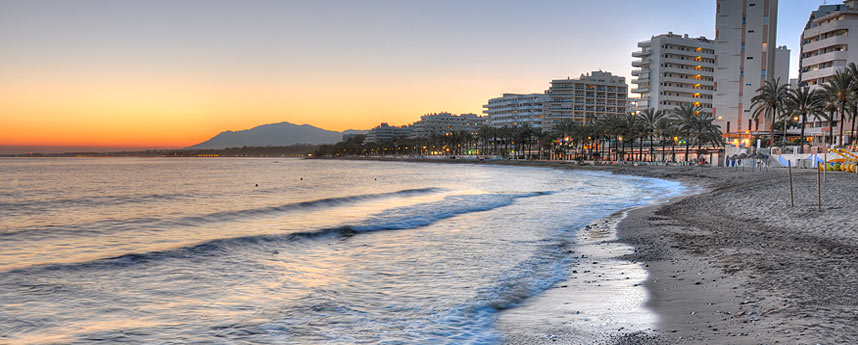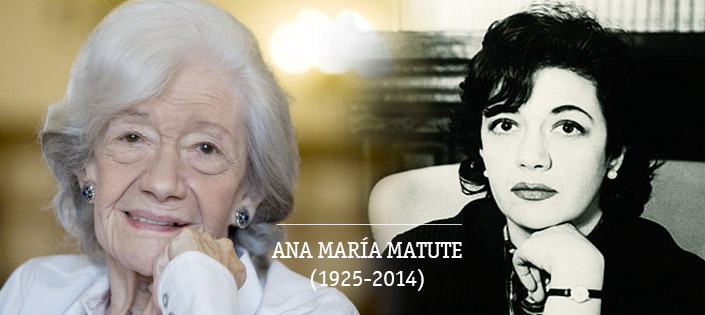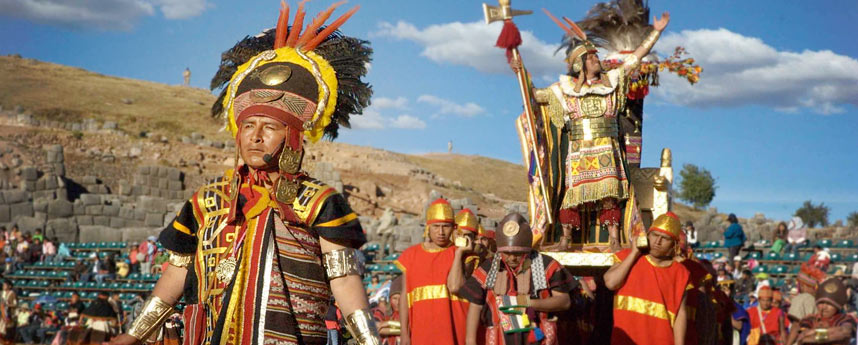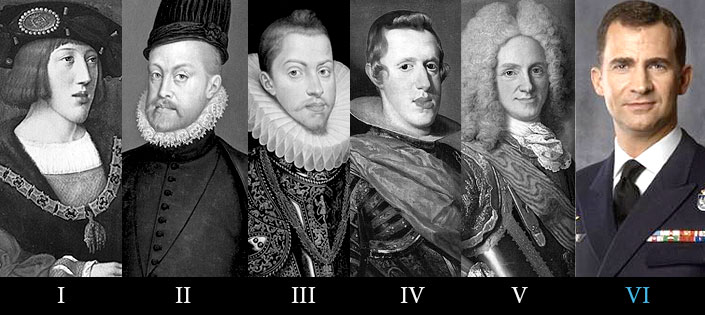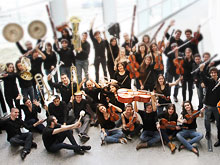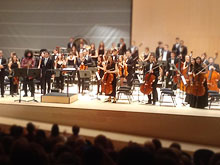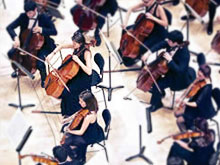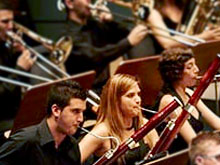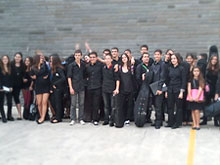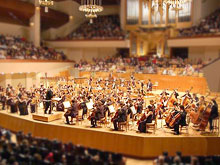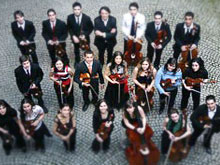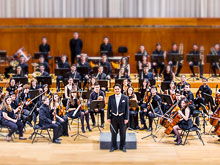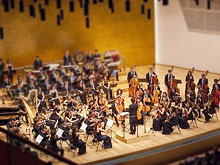Ibiza: Spanish island | donQuijote
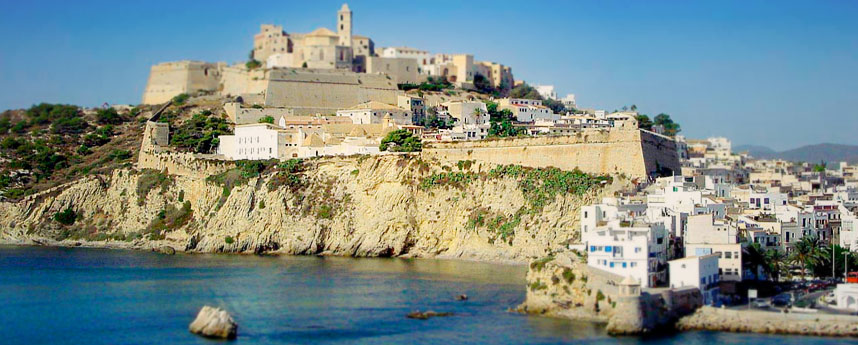
Ibiza; the island for anyone who wants to escape the daily grind and let the magic of this special island wash over them. Around the 60s and 70s it was the place to be for the elite and sun worshippers. Luxury, party and enjoyment were the keywords of this island. Ibiza became famous because of the big rise of the hippies. This and its image as a party island lasted until the 1990s when it experienced a small decline in the number of tourists. Fortunately only short-lived, because after a few years, life on the island of Ibiza began to pick up and people returned en masse to relive that feeling of luxury, party and enjoyment. Nowadays, this Spanish island is all over again and shows it in its full glory.
- More than 160 kilometers of coastline and 50 beaches surround this Spanish island.
- Ibiza has become a spiritual island thanks to the hippie movement. Much of this can still be seen today.
- 'Playa d'en Bossa' is the most famous beach where you can be entertained day and night, thanks in part to the famous club 'Bora Bora' located nearby.
Ibiza is part of the Balearic Islands group and is popularly known as "Eivissa. Part of the autonomous region of the Balearic Islands, it has a total area of 572 km2 and is about three times the size of Texel. The island is located in the east of the Spanish peninsula and is easily reached by boat or plane. The image that Ibiza formed thanks to the hippies in the 1960s and 1970s is still present to some extent today. The many alternative healers who have lodgings here, the hippie markets and the relaxed atmosphere here only confirms this. Besides, it doesn't matter how you are dressed, or who you are. The tourists and locals have an open attitude, because everyone comes here with the same goal: to enjoy the beautiful surroundings and have a good time. This place is also very popular with famous Dutch people.
Clubs in Ibiza
The capital of Ibiza, Ibiza Town is best known for its many bars and clubs. It is the best place on the island when it comes to going out. Here all the world-famous DJs have played the best records in one of the most famous clubs from all over the world. Armin van Buuren, Tiësto, Avicii and Calvin Harris are famous names. Surely the most famous club in Ibiza is the "Pacha. This world-famous club has five different halls where in each hall a different type of music is played. It is probably the most luxurious club on the whole island and can accommodate about 3,000 people. It is also the only club open throughout the year. After a lot of partying, you can rest during the day at the nearest beach 'Figueretas'. This beach is also perfect for families living around this area and for tourists staying in Ibiza town.
During the day, after partying, you can relax on one of the many beaches. Cala Salada is one of them. This place is surrounded by a green oasis of trees and is just outside the crowds. During the summer months, this is a busy spot among tourists and locals. Another crowded spot is "Playa d'en Bossa. Perhaps not the most beautiful, but certainly the most glamorous beach where there is something to do day and night. Several parties are held here thanks to the famous club 'Bora Bora' located nearby. In addition, this is the beach with the most services and amenities. Because the beach is almost 3,000 meters long, there are also some less crowded and child-friendly areas. For those who are really looking for the most child-friendly beach should go to "Talamanca. Here both the water and the surroundings are quiet.
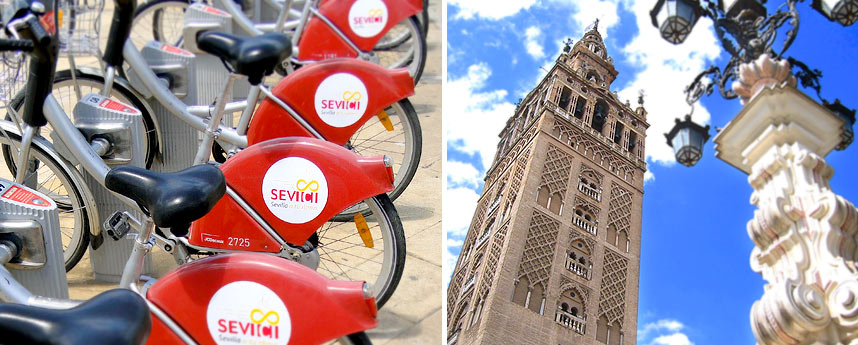
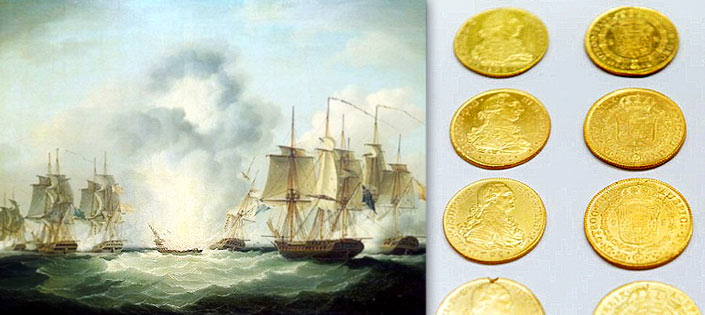
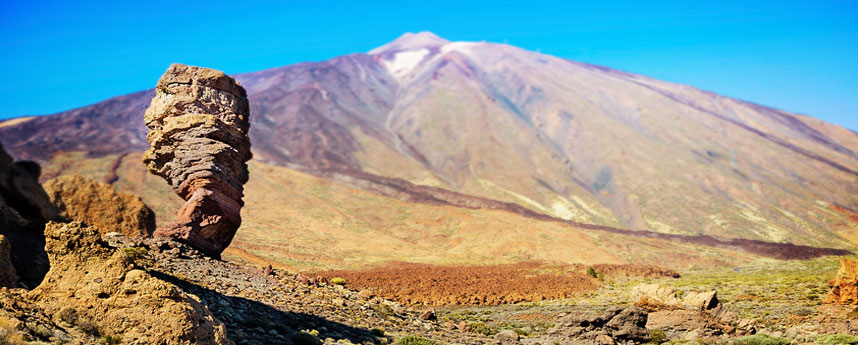
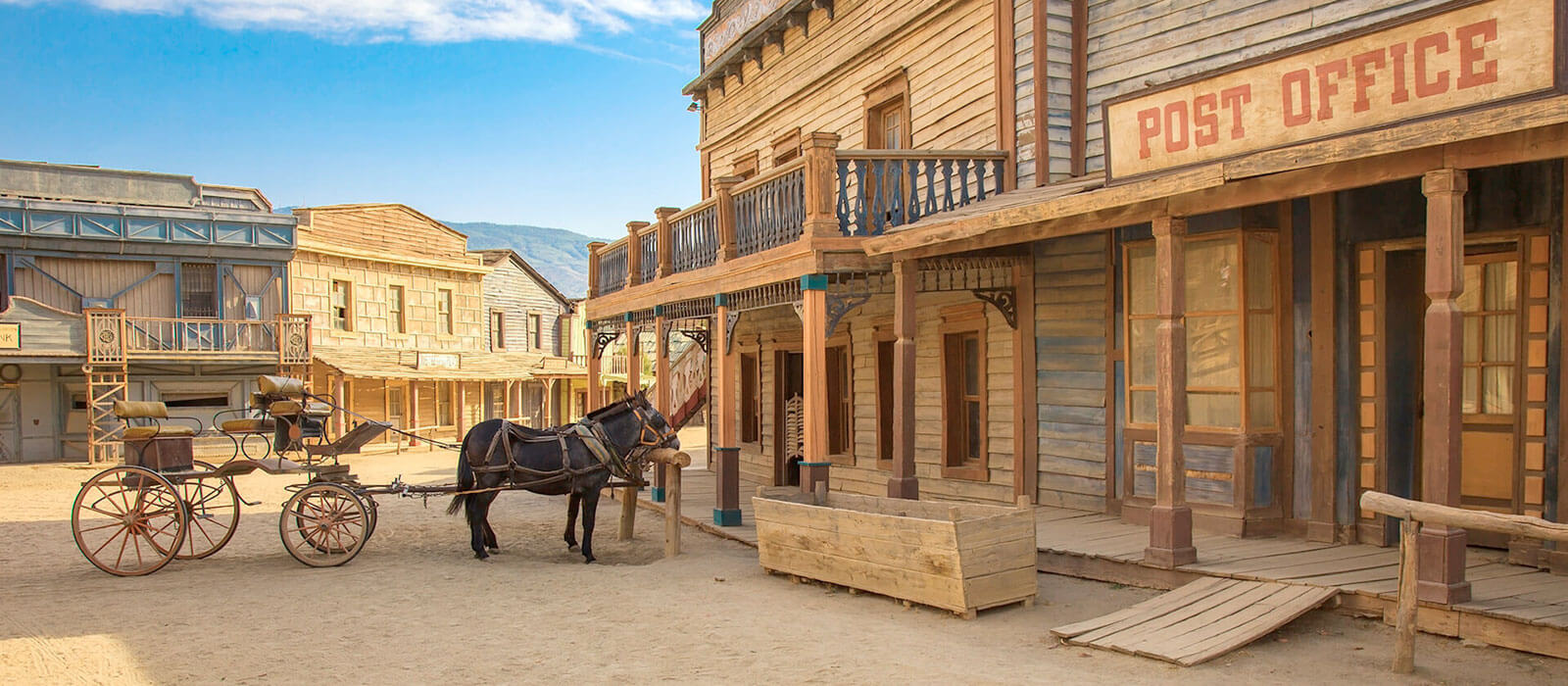
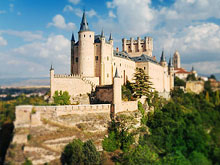 1. Alcazar de Segovia
1. Alcazar de Segovia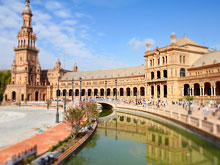 2. Plaza de España, Seville
2. Plaza de España, Seville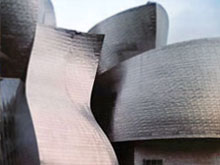 3. The Guggenheim, Bilbao
3. The Guggenheim, Bilbao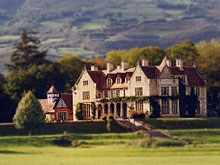 4. Palacio de los Hornillos, Santander
4. Palacio de los Hornillos, Santander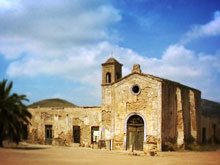 5. El Cortijo del Fraile, Almería
5. El Cortijo del Fraile, Almería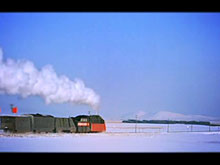 6. Candilichera, Soria
6. Candilichera, Soria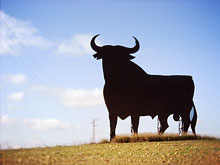 7. Osborne Fighting Bull, Candasnos, Huesca
7. Osborne Fighting Bull, Candasnos, Huesca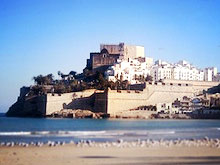 8. Castillo Papa Luna, Peñiscola
8. Castillo Papa Luna, Peñiscola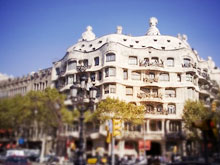 9. Passeig de Gracia, Barcelona
9. Passeig de Gracia, Barcelona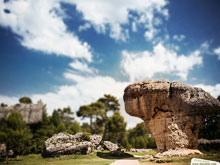 10. La Ciudad Encantada, Cuenca
10. La Ciudad Encantada, Cuenca